Buying Guide for the Best Pro Photo Printer
Choosing the right pro-photo printer can be a game-changer for photographers and artists who want to produce high-quality prints. The key to finding the best fit for you is understanding the various specifications and how they align with your specific needs. Here are some important specs to consider when selecting a pro-photo printer.Print ResolutionPrint resolution, measured in dots per inch (DPI), determines the level of detail and clarity in your prints. Higher DPI values mean more detailed and sharper images. For professional photo printing, a resolution of at least 2400 DPI is recommended. If you need extremely fine details, look for printers with resolutions of 4800 DPI or higher. Consider what level of detail your work requires to choose the right resolution.
Color AccuracyColor accuracy refers to how well a printer can reproduce the colors in your digital images. This is crucial for professional photographers and artists who need their prints to match their vision. Look for printers with a wide color gamut and those that use multiple ink cartridges, including specialized colors like light cyan and light magenta. If color precision is critical for your work, prioritize printers known for their color accuracy.
Ink TypeThe type of ink used in a printer affects the quality and longevity of your prints. Dye-based inks are known for their vibrant colors but may fade over time. Pigment-based inks, on the other hand, offer better longevity and are more resistant to fading. If you need prints that last for decades, opt for pigment-based inks. Consider the type of projects you work on and how long you need the prints to last when choosing the ink type.
Print SizePrint size refers to the maximum dimensions of the prints a printer can produce. Standard photo printers typically handle up to 8.5 x 11 inches, while wide-format printers can print much larger sizes, such as 13 x 19 inches or even larger. If you frequently print large posters or fine art prints, a wide-format printer is essential. Think about the typical sizes of your prints and choose a printer that can accommodate them.
Print SpeedPrint speed, measured in pages per minute (PPM), indicates how quickly a printer can produce prints. While speed is less critical for high-quality photo printing than for document printing, it can still be important if you need to produce a large number of prints in a short time. Professional photo printers often have slower speeds due to the high level of detail they provide. Consider your workflow and how often you need to print in bulk when evaluating print speed.
Connectivity OptionsConnectivity options determine how you can connect your printer to your devices. Common options include USB, Wi-Fi, and Ethernet. Some printers also support direct printing from memory cards or USB drives. If you need to print from multiple devices or prefer wireless printing, look for printers with robust connectivity options. Think about your typical printing setup and choose a printer that offers the connectivity features you need.
Media HandlingMedia handling refers to the types and sizes of paper and other materials a printer can use. Professional photo printers often support a variety of media, including glossy, matte, and fine art papers. Some can also print on canvas or other specialty materials. If you work with diverse media types, ensure the printer you choose can handle them. Consider the types of projects you typically undertake and select a printer that can accommodate your media needs.

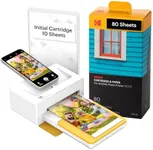

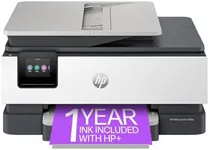


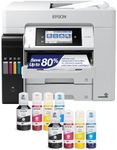

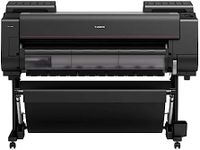

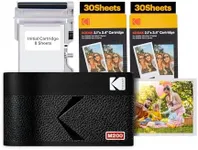

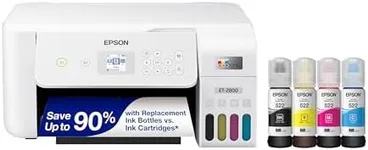

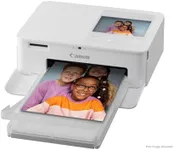

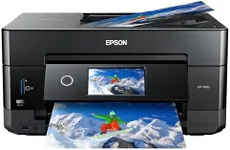
![Canon PIXMA G620 Wireless MegaTank Photo All-in-One Printer [Print, Copy, Scan], Black,Works with Alexa](https://images-proxy.bestreviews.guide/xDO8Tqzej3_mSMcWt-XTCtOR8x4=/0x150/https://m.media-amazon.com/images/I/31W+8GDKNLL._AC_CX679_.jpg)





